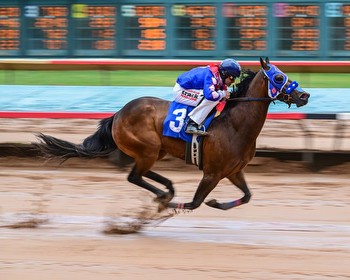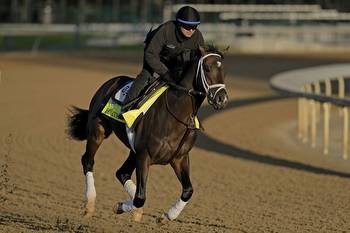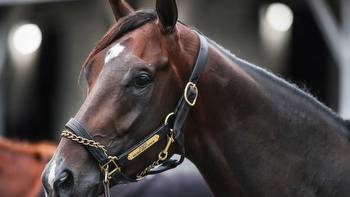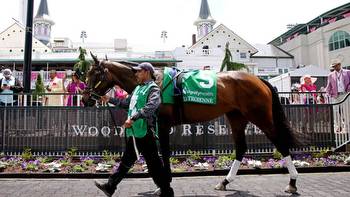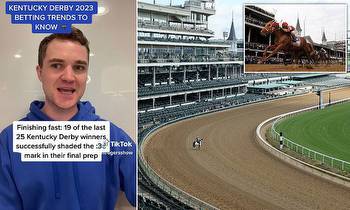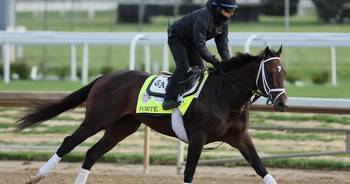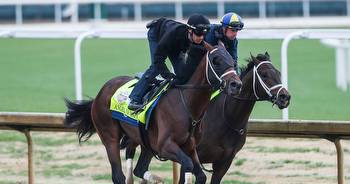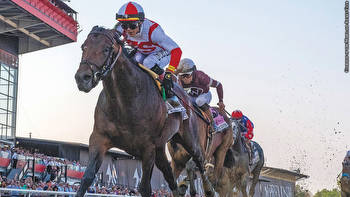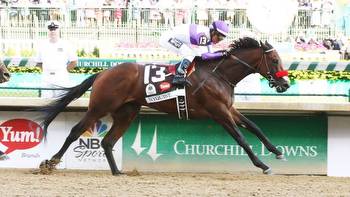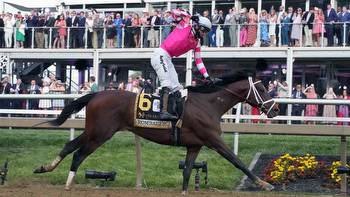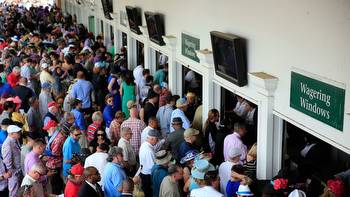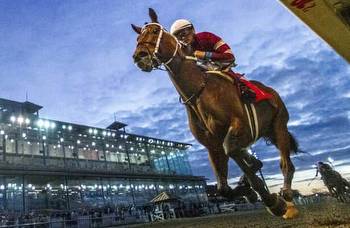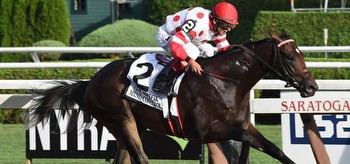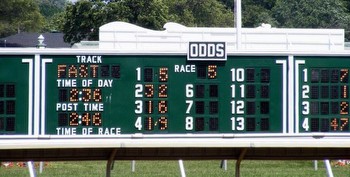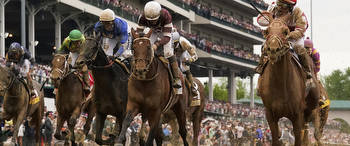The best way to decide and create a place bet
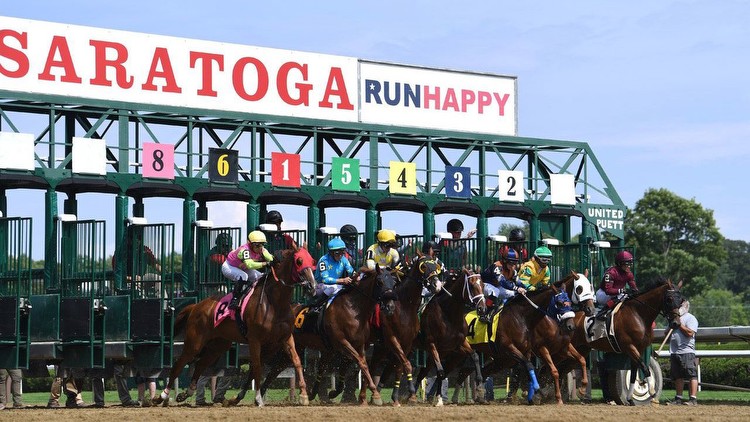
In horse racing, the place bet is one of the easiest wager types to overlook. It’s not as pure as a win bet, and it’s not as simple to hit as a show bet. Nor does it offer the promise of huge payoffs like exotic wagers.
But when carefully executed, the place bet can play a useful role in a bettor’s arsenal of handicapping strategies.
How do place bets work?
A place bet isn’t complicated at first glance. You choose a horse to bet, and if your horse finishes first or second, you have a winning ticket. It’s safer to play than a win bet (which pays only if your horse wins), but isn’t as simple as a show bet (which pays if your horse finishes first, second, or third).
But most wagering on North American horse races is pari-mutuel in nature, which means all bets in a given pool are combined and the winners split the pool minus takeout. Since the place pool pays out to the backers of two horses, it tends to pay less than a win bet (which pays out to the supporters of only one horse) and more than the show bet (which pays out to the backers of three horses).
A perfect example comes from the 2022 Kentucky Derby (G1). When longshot Rich Strike sprung an 80-1 surprise, the $2 win bet returned $163.60, the $2 place bet returned $74.20, and the $2 show bet returned $29.40.
How to choose a place bet
Planning a strategy for place betting can be tricky. There’s no one-size-fits-all approach; the best strategy can vary from one race to the next.
At the simplest level, a place bet can be employed if you like a horse at decent odds but aren’t convinced the horse will visit the winner’s circle. Consider the 2014 Kentucky Derby, in which Commanding Curve started as a 37-1 longshot. It was hard to see him beating heavy favorite California Chrome, but a runner-up finish wasn’t out of the question. Betting $2 to place on Commanding Curve would have returned $31.80 after he rallied to finish second behind California Chrome, whereas a $2 win bet would have yielded nothing.
But arguably a better strategy is to use place bets in support of win bets. Betting to win and place provides an opportunity to cash a higher-paying win bet while still snatching a profit (or at least minimizing losses) if your horse finishes second.
Consider the 2017 Preakness S. (G1), in which reigning champion two-year-old male Classic Empire finished second by a head against 13-1 longshot Cloud Computing. If you had bet $20 to win on Classic Empire, you would have gone home empty-handed. But if you’d bet $20 to win and $20 to place, you would have caught a $44 place payoff, giving you a mild $4 profit on a losing horse.
Betting $20 to win and $20 to place won’t return as much as betting $40 to win if your horse finishes first. Continuing with the example of the 2022 Kentucky Derby, a $40 win bet on Rich Strike would have returned $3,272 compared to $2,378 generated by a $20 win bet and a $20 place bet. But cashing payoffs on second-place finishers can help offset the lower win returns while generating payoffs in a higher percentage of races, which is always a nice feeling.
How to bet a place bet
Betting a place bet on TwinSpires is easy. Simply select “Place” from the list of wagering options, choose the horse and dollar amount you wish to bet, and submit your wager. Feel free to combine with a win bet to increase the payoff if your horse wins.

